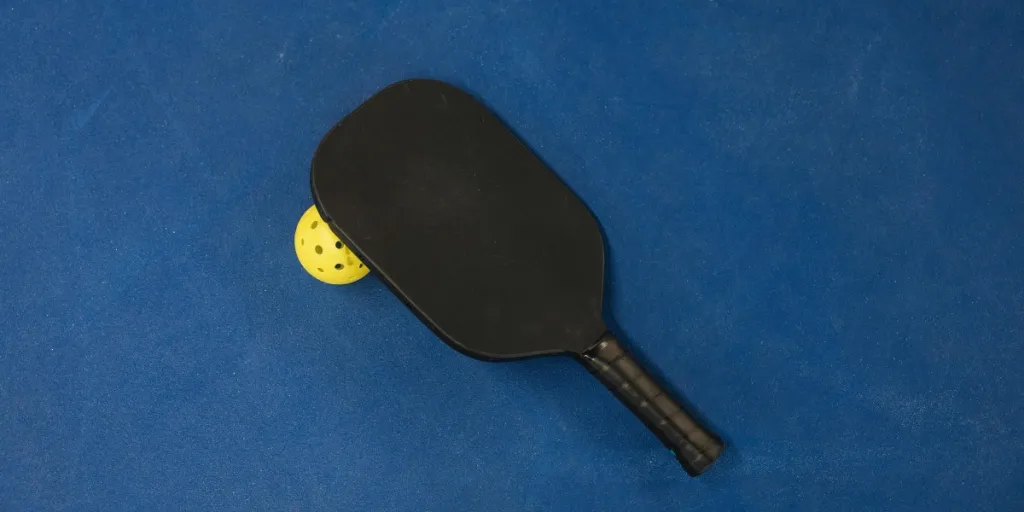Pickleball, a sport that combines elements of tennis, badminton, and ping-pong, has seen a meteoric rise in popularity over the past few years. As the sport grows, so does the demand for high-quality pickleball paddles. This article delves into the market trends, innovative materials, and design advancements that are shaping the future of pickleball paddles.
Table of Contents:
Market Overview of Pickleball Paddles
Innovative Materials and Design Trends in Pickleball Paddles
Technological Features Elevating Pickleball Paddles
Durability and Quality: What Buyers Need to Know
Customization and Personalization in Pickleball Paddles
Market Overview of Pickleball Paddles
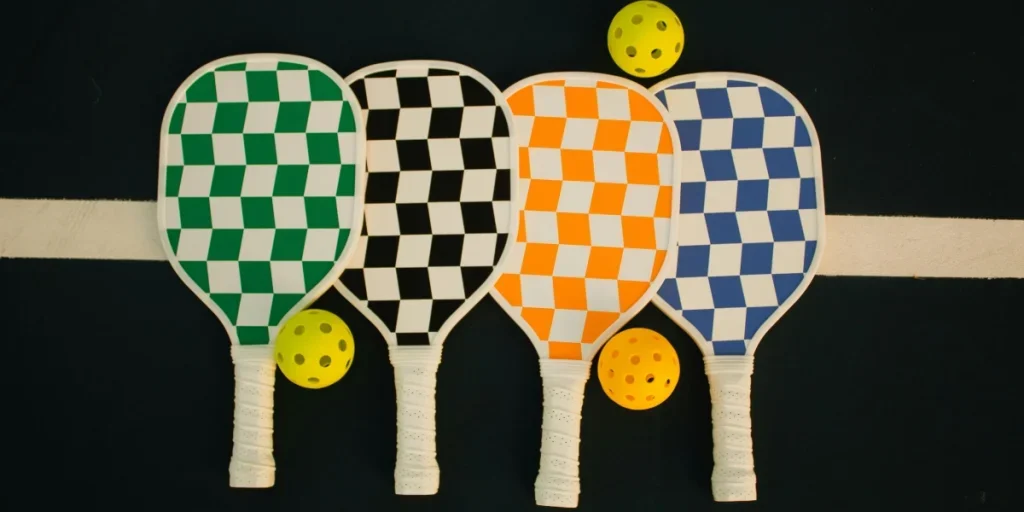
The pickleball paddle market has experienced significant growth, driven by the sport’s increasing popularity. According to a report by WGSN, pickleball has grown by 158.6% over the last three years in the US alone. This surge in interest has led to a corresponding increase in the demand for pickleball equipment, particularly paddles.
Data of Market Performance
The global pickleball apparel market is projected to grow by $680 million by 2026, indicating a robust market for related equipment, including paddles. This growth is not limited to the US; countries like Canada, the UK, and Australia are also seeing a rise in pickleball participation. The sport’s appeal spans various demographics, from younger players seeking a new recreational activity to older adults looking for a low-impact sport.
Regional Insights
In North America, the US remains the largest market for pickleball paddles, driven by a well-established community and numerous tournaments. Canada follows closely, with a growing number of pickleball clubs and events. In Europe, the UK is leading the charge, with an increasing number of pickleball courts and a burgeoning community of enthusiasts. Asia-Pacific is also emerging as a significant market, with countries like Australia and Japan showing a keen interest in the sport.
Key Players
Several key players dominate the pickleball paddle market, including Paddletek, Selkirk Sport, and Onix. These companies are known for their innovative designs and high-quality materials, which cater to both amateur and professional players. Paddletek, for instance, has introduced paddles with advanced polymer cores that enhance performance and durability. Selkirk Sport is renowned for its ergonomic designs that offer superior comfort and control. Onix, on the other hand, focuses on creating paddles that provide a perfect balance of power and precision.
Future Trends
The future of pickleball paddles looks promising, with several trends set to shape the market. One significant trend is the use of advanced materials, such as carbon fiber and graphite, which offer enhanced performance and durability. Another trend is the integration of technology into paddles, such as sensors that track performance metrics. Customization is also becoming increasingly popular, with players seeking paddles tailored to their specific preferences and playing styles.
Sustainability
Sustainability is becoming a crucial consideration in the manufacturing of pickleball paddles. Companies are exploring eco-friendly materials and production processes to reduce their environmental impact. For instance, some manufacturers are using recycled materials for paddle cores and handles. Additionally, there is a growing emphasis on creating durable paddles that have a longer lifespan, thereby reducing waste.
Innovative Materials and Design Trends in Pickleball Paddles

Cutting-Edge Materials for Enhanced Performance
The evolution of pickleball paddles has been significantly influenced by the introduction of advanced materials. Much like the stand-up paddle boards, where materials range from heavier plastic or aluminum to lightweight fiberglass or carbon, pickleball paddles have seen a similar trend. Lightweight paddles, often made with carbon shafts or blades, are designed to reduce weight without compromising strength. This shift towards lighter materials is particularly beneficial for performance-focused players who seek to enhance their game with more powerful and efficient paddles.
Carbon fiber, in particular, has become a popular choice due to its high strength-to-weight ratio. This material not only reduces the overall weight of the paddle but also provides a stiffer and more responsive feel, which is crucial for quick reactions and precise shots. Additionally, fiberglass is another material that has gained traction, offering a balance between weight, durability, and cost. The use of these materials allows manufacturers to create paddles that cater to both recreational players and competitive athletes, ensuring a wide range of options to suit different playing styles and preferences.
Ergonomic Designs for Maximum Comfort and Control
Ergonomic design is a critical aspect of modern pickleball paddles, aimed at enhancing comfort and control for players. Similar to the ergonomic handles found in trekking poles, which mimic the natural resting position of the hands, pickleball paddles are now being designed with grips that reduce strain and improve handling. These ergonomic grips often feature a slight forward angle, which helps in maintaining a natural wrist position, thereby reducing fatigue during extended play.
Moreover, the incorporation of choke-up extensions, akin to those in trekking poles, allows players to adjust their grip for better control and leverage, especially during intense rallies. This design feature is particularly beneficial for players who frequently engage in fast-paced games, as it provides a secure hold and enhances maneuverability. The focus on ergonomic design not only improves the overall playing experience but also helps in preventing injuries, making it a vital consideration for both amateur and professional players.
Technological Features Elevating Pickleball Paddles
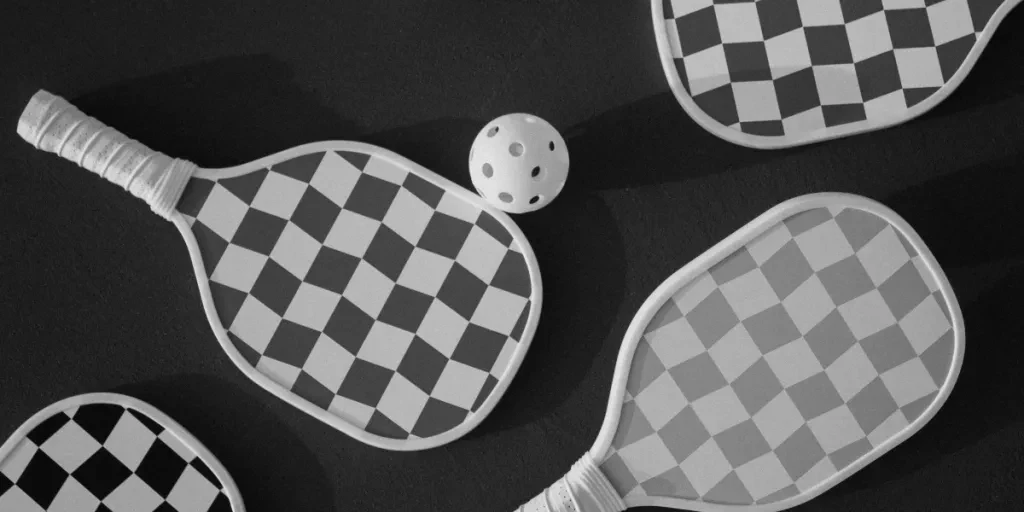
Advanced Core Technologies for Superior Play
The core of a pickleball paddle plays a pivotal role in its performance, and recent advancements in core technologies have significantly elevated the game. Much like the hull shape and board size in stand-up paddle boards, the core material and construction in pickleball paddles determine their responsiveness, power, and control. Modern paddles often feature polymer, aluminum, or Nomex cores, each offering distinct advantages.
Polymer cores, for instance, are known for their durability and consistent performance, providing a good balance of power and control. Aluminum cores, on the other hand, offer a firmer feel and enhanced power, making them ideal for aggressive players. Nomex cores, which are made from a lightweight, honeycomb structure, provide excellent power and control, making them a popular choice among competitive players. These advanced core technologies enable manufacturers to create paddles that cater to various playing styles, ensuring that players can find a paddle that perfectly matches their needs.
Smart Paddles: The Future of Pickleball
The integration of technology into sports equipment is a growing trend, and pickleball paddles are no exception. Smart paddles, equipped with sensors and connectivity features, represent the future of pickleball. These paddles can track various metrics such as swing speed, impact force, and shot accuracy, providing players with valuable insights into their performance. This data can be analyzed to identify strengths and areas for improvement, helping players to refine their skills and strategies.
Moreover, smart paddles can connect to mobile apps, allowing players to monitor their progress over time and compare their performance with others. This technological innovation not only enhances the playing experience but also opens up new possibilities for training and competition. As the technology continues to evolve, it is expected that smart paddles will become more prevalent, offering players a new level of engagement and performance optimization.
Durability and Quality: What Buyers Need to Know
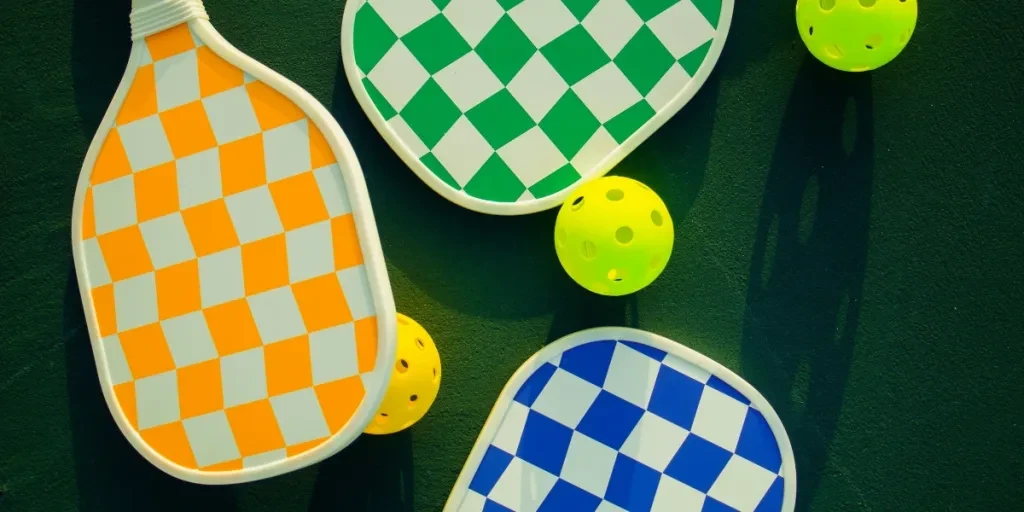
Assessing the Longevity of Pickleball Paddles
Durability is a key consideration for buyers when selecting a pickleball paddle. According to a professional report, the longevity of a paddle is influenced by the materials used and the quality of construction. Paddles made from high-quality materials such as carbon fiber and fiberglass tend to offer better durability and performance over time. Additionally, the construction techniques, such as the bonding of the core and the face, play a crucial role in determining the paddle’s lifespan.
Regular maintenance and proper care can also extend the life of a paddle. For instance, avoiding exposure to extreme temperatures and storing the paddle in a protective case can prevent damage and wear. Buyers should look for paddles that come with a warranty, as this indicates the manufacturer’s confidence in the product’s durability and quality.
Quality Assurance and Standards in Manufacturing
Quality assurance and adherence to manufacturing standards are essential for ensuring the reliability and performance of pickleball paddles. Manufacturers often implement rigorous testing procedures to evaluate the paddles’ durability, performance, and safety. These tests may include impact resistance, stress testing, and performance analysis under various conditions.
According to industry standards, paddles must meet specific criteria to be approved for competitive play. This includes regulations on paddle dimensions, weight, and surface texture. Buyers should look for paddles that are certified by recognized organizations, as this ensures that the product meets the required standards and is suitable for competitive use.
Customization and Personalization in Pickleball Paddles
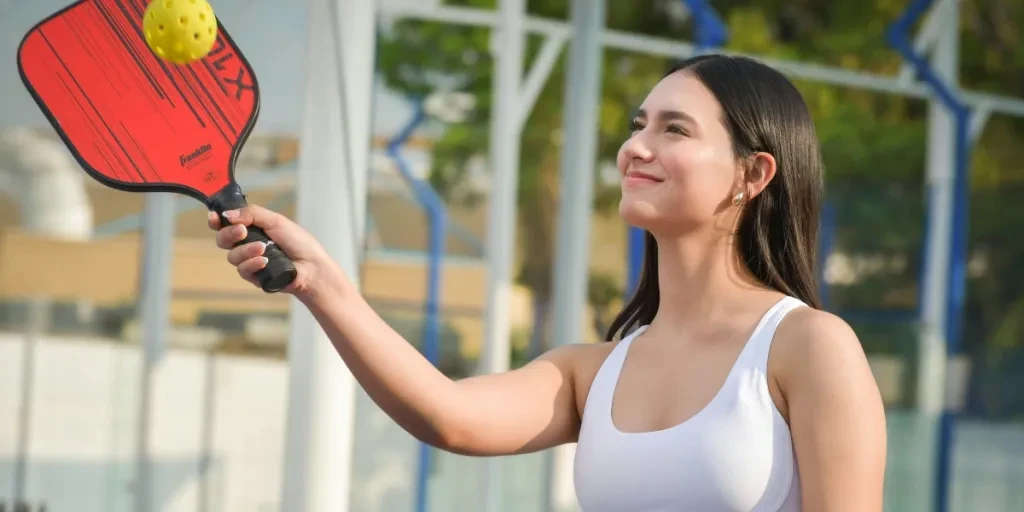
Tailoring Paddles to Player Preferences
Customization is becoming increasingly popular in the pickleball industry, allowing players to tailor their paddles to their specific preferences. Similar to the adjustable features in stand-up paddle boards, players can choose from various options such as grip size, paddle weight, and surface texture. This level of customization ensures that players can find a paddle that perfectly matches their playing style and comfort requirements.
For instance, players who prefer a lighter paddle for quick maneuverability can opt for a carbon fiber model, while those who prioritize power may choose a paddle with a larger surface area and a heavier core. Additionally, the ability to customize the grip size and shape allows players to achieve a more comfortable and secure hold, enhancing their overall performance on the court.
The Rise of Custom Design Services
The demand for personalized equipment has led to the rise of custom design services in the pickleball industry. These services allow players to create unique paddles with personalized graphics, colors, and logos. This not only adds a personal touch to the equipment but also allows players to express their individuality and style.
Custom design services often involve collaboration with professional designers who can help bring the player’s vision to life. This trend is particularly popular among competitive players and teams who want to stand out on the court with distinctive and eye-catching paddles. As the popularity of pickleball continues to grow, it is expected that the demand for custom design services will increase, offering players more options to personalize their equipment.
Conclusion
The pickleball paddle industry is experiencing a dynamic transformation, driven by advancements in materials, design, and technology. From the use of cutting-edge materials like carbon fiber to the integration of smart technology, these innovations are enhancing the performance, comfort, and customization options available to players. As the sport continues to evolve, it is anticipated that these trends will further shape the future of pickleball, offering players new and exciting ways to elevate their game.
